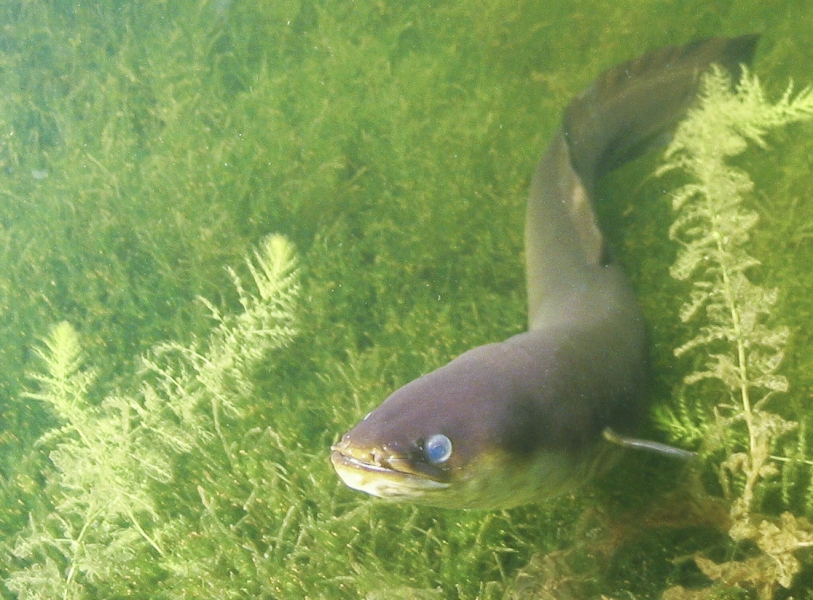Tangata whenua in the North and Chatham Islands may customarily fish under Regulation 27A, Fisheries (Amateur Fishing) Regulations 1986 in areas that are not yet covered by the Fisheries (Kaimoana Customary Fishing) Regulations 1998.
Regulation 27A limits customary fishing activities to the taking of aquatic life for traditional hui and tangi only, under authorisation of a Māori committee, marae committee, a Rūnanga, or Māori Trust Board.
Regulation 27A does not adequately provide for the management of customary food gathering as required to by sections 10(b) and (c) of the Treaty of Waitangi (Fisheries Claims) Settlement Act 1992 because they were an interim mechanism to allow for some aspects of customary non-commercial fishing rights until regulations consistent with Section 10 of the Settlement Act are made and in use by tangata whenua.
Consequently, in late 2008 the Fisheries (Kaimoana Customary Fishing) Regulations 1998 were amended to extend their coverage to include aquatic life (that are subject to the Fisheries Act 1996) in freshwater for the North and Chatham Islands, and permits tangata kaitiaki to be appointed to manage all non-commercial customary fishing.
Tangata whenua with appointed tangata kaitiaki under the customary fishing regulations can apply for the establishment of Mātaitai Reserves to manage all non-commercial fishing within the reserve by recommending bylaws.
The Ngāi Tahu Claims Settlement Act 1998 promulgated the development of the Fisheries (South Island Customary Fishing) Regulations 1999. These regulations encompass fisheries resources in freshwater and marine areas (that are subject to the Fisheries Act 1996). The nine South Island Iwi accepted that freshwater fisheries were included in the Settlement Act 1992, and are identified as tangata whenua under the Fisheries (South Island Customary Fishing) Regulations. Under these regulations, tangata tiaki manage all non-commercial customary fishing resources and can apply for Mātaitai Reserves. In both the North and South Islands, there are areas in which commercial fishing is prohibited in recognition of the special value of these areas for customary non-commercial purposes.
The customary non-commercial allowance for the North Island in 2007–2008 was 74 t (tonnes) for shortfins and 46 t for longfins. In the South Island, a customary fishing allowance of 107.7 t was made for both species.
In recognition of the importance of eels to Māori, a number of lakes have been set aside as exclusively Māori fisheries (or at least, commercial fishing is prohibited). Some of these agreements go back over 100 years, although the last 10 years have seen more lakes, and sections of some rivers, returned. As part of a redress process for past land confiscation, Māori have been given title to the beds of some large rivers and lakes, which means they can be more effectively involved in management of these areas.
References and further reading
Statistics New Zealand. (2005). New Zealand's Freshwater Eel Resource.
Other links:
- Ministry for Primary Industries (MPI) - Fishing and aquaculture
- New Zealand Legislation
- Fisheries (Amateur Fishing) Regulations 1986
- Fisheries Claims Settlement Act 1992
- Fisheries Act 1996
- Ngāi Tahu Claims Settlement Act 1998
- Fisheries (Kaimoana Customary Fishing) Regulations 1998
- Fisheries (South Island Customary Fishing) Regulations 1999
- Te Ohu Kaimoana
- Te Wai Māori Trust

